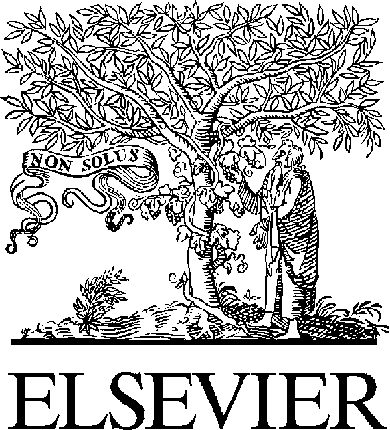cms.mdanderson.org
Kendall A, Dowsett M, Folkerd E, Smith I. Caution: Vaginal estradiol appears to be contraindicated in postmenopausal women on adjuvant aromatase inhibitors. Ann Oncol 2006 17(4):584-7. PMID: 16443612 Laumann EO, Nicolosi A, Glasser DB, Paik A, Gingell C, Moreira E, Wang T; GSSAB Investigators' Group. Sexual problems among women and men aged 40-80 y: prevalence and correlates identified in the Glob
 Nonsignificance Plus High Power Does Not Imply Support for the NullOver the Alternative
This article summarizes arguments against the use of power to analyze data, and illustrates a key pitfall: Lackof statistical significance (e.g., p O .05) combined with high power (e.g., 90%) can occur even if the datasupport the alternative more than the null. This problem arises via selective choice of parameters at whichpower is calculated, but can also arise if one computes power at a prespecified alternative. As noted by earlierauthors, power computed using sample estimates (‘‘observed power’’) replaces this problem with even morecounterintuitive behavior, because observed power effectively double counts the data and increases as theP value declines. Use of power to analyze and interpret data thus needs more extensive discouragement.
Nonsignificance Plus High Power Does Not Imply Support for the NullOver the Alternative
This article summarizes arguments against the use of power to analyze data, and illustrates a key pitfall: Lackof statistical significance (e.g., p O .05) combined with high power (e.g., 90%) can occur even if the datasupport the alternative more than the null. This problem arises via selective choice of parameters at whichpower is calculated, but can also arise if one computes power at a prespecified alternative. As noted by earlierauthors, power computed using sample estimates (‘‘observed power’’) replaces this problem with even morecounterintuitive behavior, because observed power effectively double counts the data and increases as theP value declines. Use of power to analyze and interpret data thus needs more extensive discouragement.